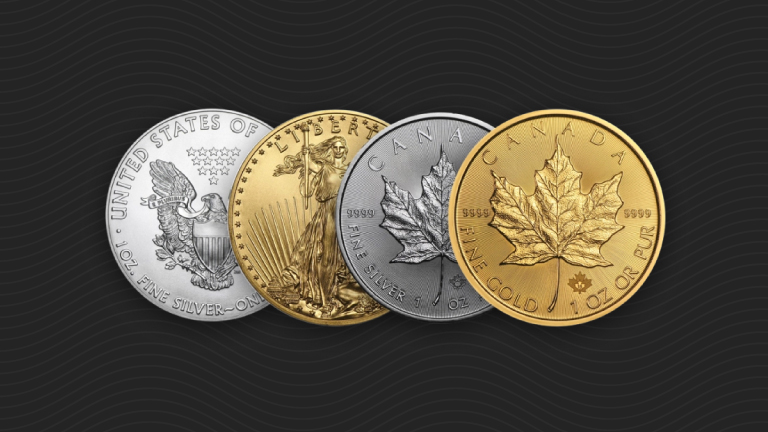The Real Money IQ Test (Video)
Jim Rickards, author of Currency Wars, describes a game he plays with audiences when he speaks about gold and paper money. He presents to them US dollars, Monopoly money, and a gold coin. Then he asks, “Which of these is not like the other?”
Ivy League professors nearly always rationalize that the dollars are different, because they are a store of value while the other two cannot serve as real money. However, Rickards reminds us that the US dollar has lost 95% of its purchasing power since 1913.
Five-year-olds, on the other hand, instantly recognize that the gold coin is different. They probably don’t understand that gold has been a form of money for thousands of years, with a relatively stable value that entire time. Nevertheless, you have to wonder about the state of our basic economic knowledge when the instincts young children are more accurate than the reasoning of elite academics.
Follow along with this transcript:
“The thing about money is that there is a fairly well-accepted definition of what money is. The question is as you apply that definition to particular things that people claim to be money, do they fit the definition. Take the paper dollar, for example. How well does it perform those functions? Store of value? The dollar has lost 95% of its purchasing power since the creation of the Federal Reserve since 1913. So not very good as a store of value.
“One of the things I do as a way to get the audience’s attention is I have a slide. There are three pictures on the slide. One is a pile of monopoly money. The other one is a pile of federal reserve notes, what Americans would call paper money. The other one is a solid gold American Eagle, 1-ounce coin. The title of this slide is, “Which of these is not like the other?” … It’s one of the favorite vignettes of Sesame Street. It really is a kind of IQ test for 5-year-olds. They’re supposed to look at the three things, look at characteristics, and find the one that’s not like the other.
“I’ve shown this slide to groups of Ivy League professors, and I’ve also shown it to children. My nieces and nephews and so forth. When the professors look at it they say, ‘Clearly the dollars are not like the others. Gold has no role as money, and Monopoly money is junk. The American dollar is a store of value, so it’s not like the other.’ But the children look at it and say, ‘The gold coin is not like the other, because the other two are just piles of paper. The gold coin is clearly something different.’
“So my question to the audience is, ‘Who’s smarter – a 5-year-old or an Ivy League professor?’”
Get Peter Schiff’s latest gold market analysis – click here – for a free subscription to his exclusive weekly email updates.
Interested in learning more about physical gold and silver?
Call 1-888-GOLD-160 and speak with a Precious Metals Specialist today!

